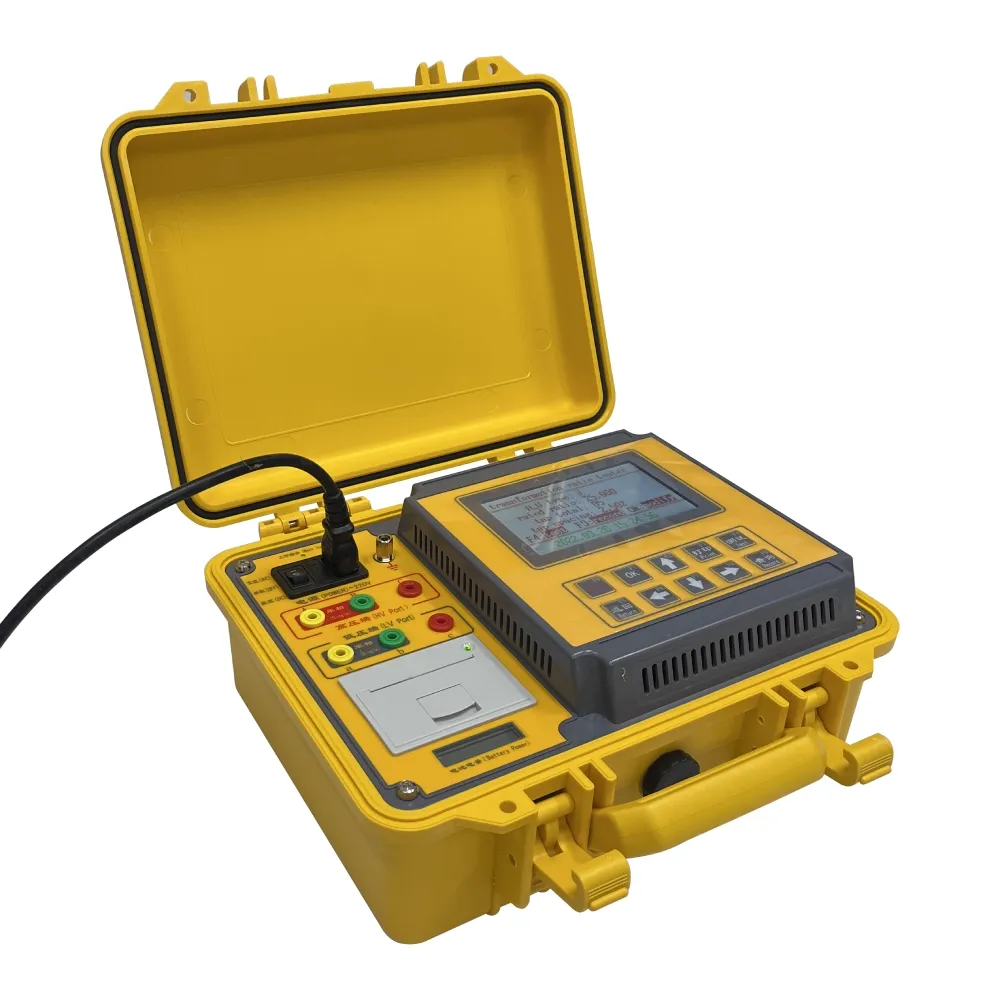 English
English


Determining Precipitation Levels Through Potentiometric Titration Techniques in Analytical Chemistry
Understanding Precipitation Potentiometric Titration A Detailed Overview
Precipitation potentiometric titration is a widely used analytical technique that combines the principles of precipitation and potentiometry to determine the concentration of an analyte in a solution. This method is particularly valuable in the fields of chemistry, environmental science, and pharmaceuticals, where precise measurement of ion concentrations is crucial.
The Principle of Potentiometric Titration
At its core, potentiometric titration involves measuring the potential difference (voltage) between two electrodes immersed in a solution as a titrant is added. This change in potential corresponds to changes in the concentration of the analyte, allowing for precise quantification. In a precipitation titrations context, the analyte typically reacts to form an insoluble precipitate when a specific titrant is added.
The Methodology
The setup for a precipitation potentiometric titration includes a reference electrode and an indicator electrode. The reference electrode provides a stable reference potential, while the indicator electrode responds to changes in the ion concentration of interest, such as silver ions (Ag⁺) or chloride ions (Cl⁻).
To perform the titration, a known concentration of a titrant solution is introduced gradually into the analyte solution. As the titrant is added, a precipitate starts to form when the critical solubility product is reached. For example, if silver nitrate (AgNO₃) is used to titrate a solution of sodium chloride (NaCl), the reaction produces silver chloride (AgCl), which precipitates out of the solution.
Key Parameters for Successful Titration
The success of a precipitation potentiometric titration hinges on several critical factors
1. Choice of Titrant The titrant must react specifically with the analyte to form a precipitate. For instance, in the above example, AgNO₃ is an ideal choice for chloride ion determination.
2. Electrode Calibration To ensure accurate measurements, the electrodes must be properly calibrated before the titration begins. This can involve using standard solutions to establish a calibration curve for the potential response relative to ion concentration.
precipitation potentiometric titration

3. Control of Conditions The pH, temperature, and ionic strength of the solution can significantly affect the precipitation reaction and should be controlled or monitored throughout the titration process.
4. Stirring and Mixing Effective stirring is essential to ensure that the titrant is evenly distributed in the analyte solution, leading to consistent and reproducible results.
Analyzing the Data
As the titrant is added, changes in voltage are continuously recorded. The resulting potentiometric curve, typically plotted as potential versus titrant volume, reveals distinct inflection points that correspond to the equivalence point of the titration. The point at which the voltage change is most rapid indicates that the analyte has been completely reacted and is essential for accurate determination of its concentration.
Applications
Precipitation potentiometric titration finds applications across various industries
- Environmental Testing It is used to measure the levels of heavy metals and other contaminants in water samples, ensuring compliance with environmental regulations.
- Pharmaceuticals This technique helps in the quality control of drug formulations by determining active ingredient concentrations.
- Food Chemistry It aids in analyzing food products for essential minerals and additives, ensuring nutritional value and safety.
Conclusion
Precipitation potentiometric titration represents an elegant blend of chemistry and instrumentation, providing a powerful tool for quantitative analysis. Understanding its principles, methodologies, and applications allows researchers and analysts to harness its potential for a wide range of fields, thus contributing to advancements in science and technology. Through precise measurements obtained from this technique, we can ensure better quality control, safety, and environmental protection.
-
Differences between open cup flash point tester and closed cup flash point testerNewsOct.31,2024
-
The Reliable Load Tap ChangerNewsOct.23,2024
-
The Essential Guide to Hipot TestersNewsOct.23,2024
-
The Digital Insulation TesterNewsOct.23,2024
-
The Best Earth Loop Impedance Tester for SaleNewsOct.23,2024
-
Tan Delta Tester--The Essential Tool for Electrical Insulation TestingNewsOct.23,2024





